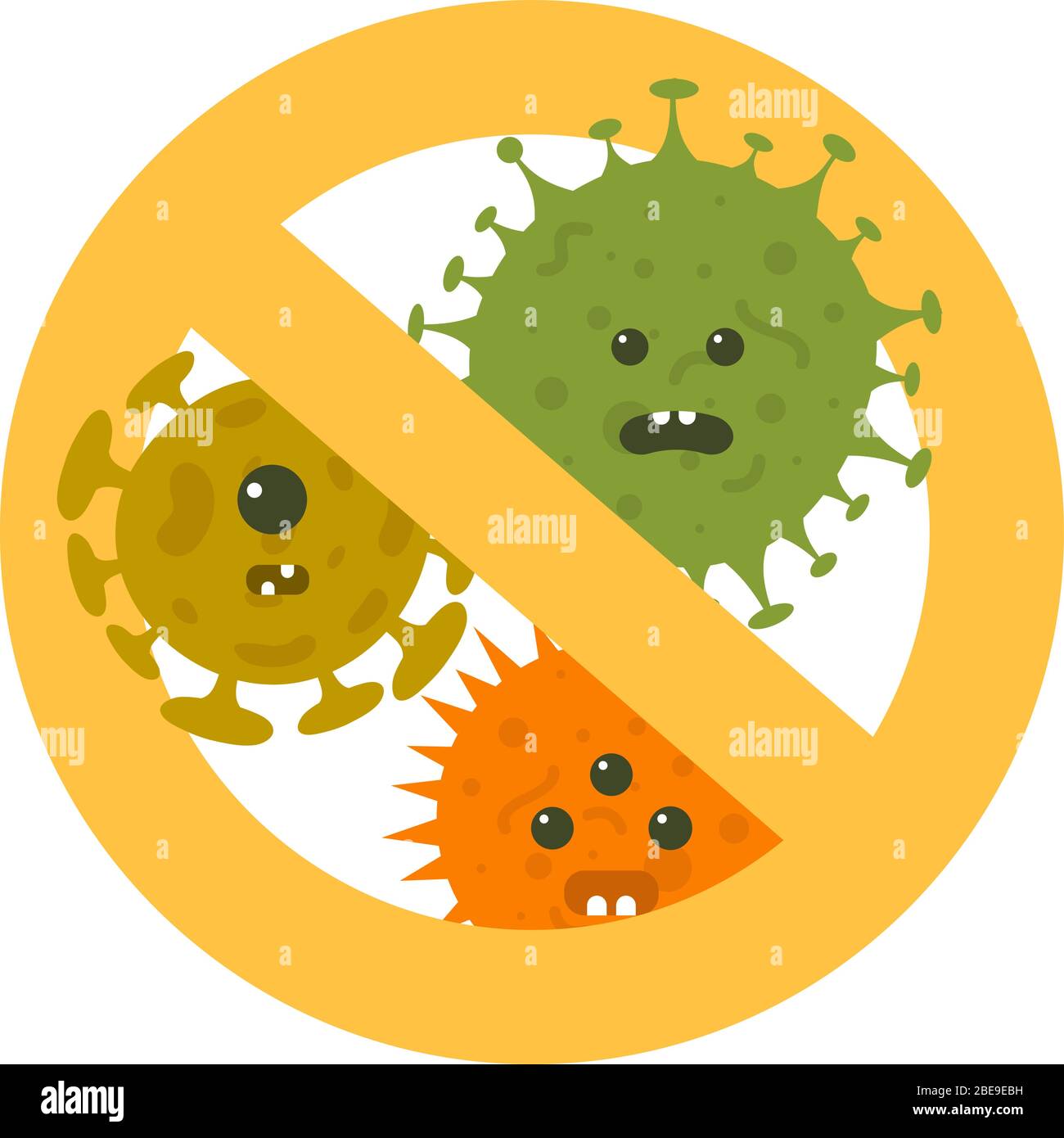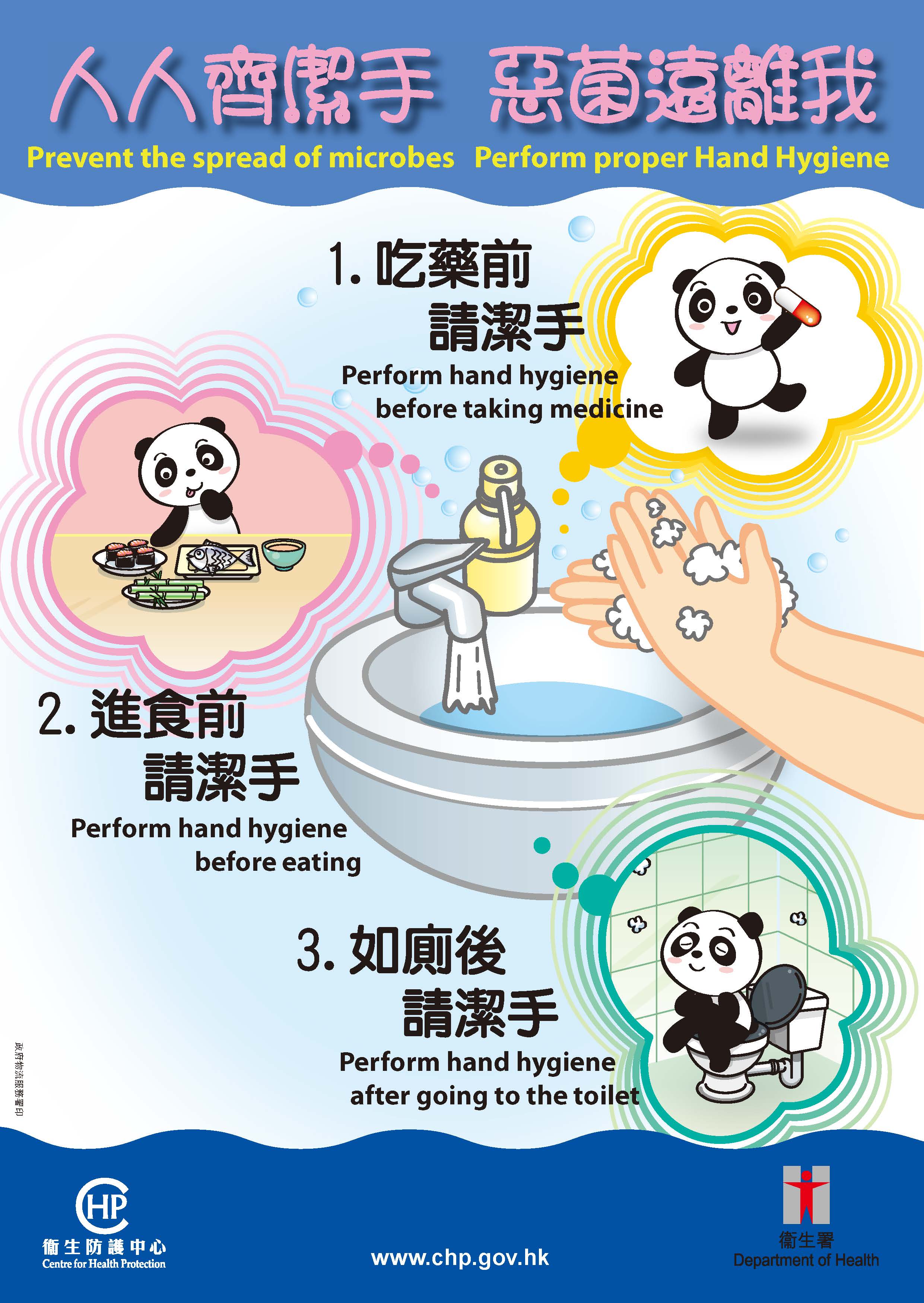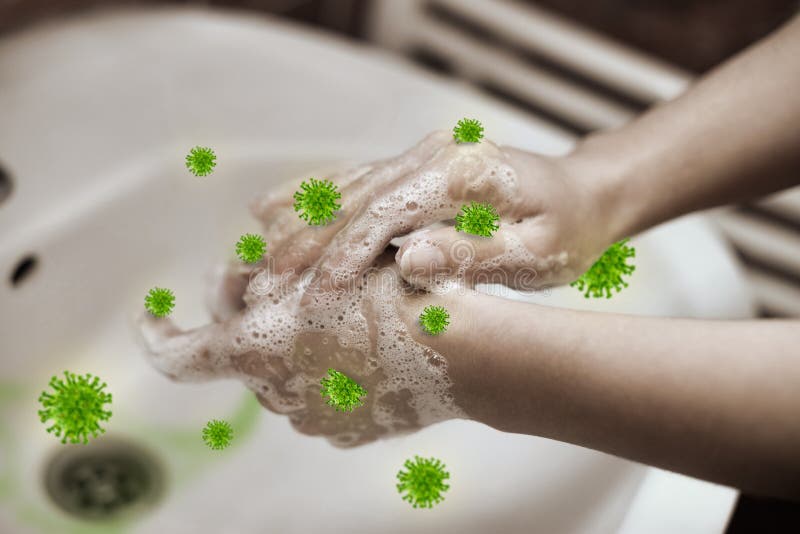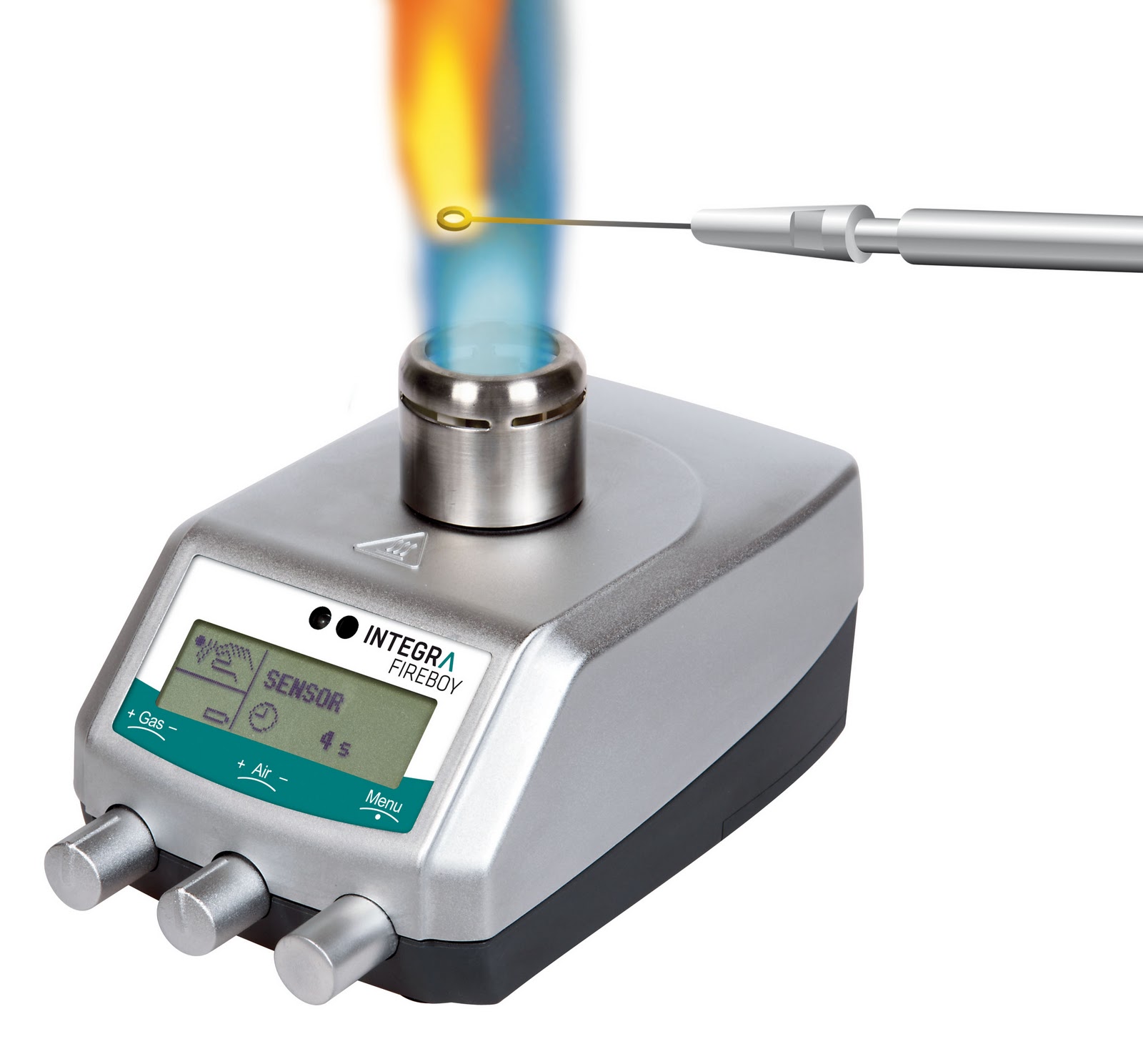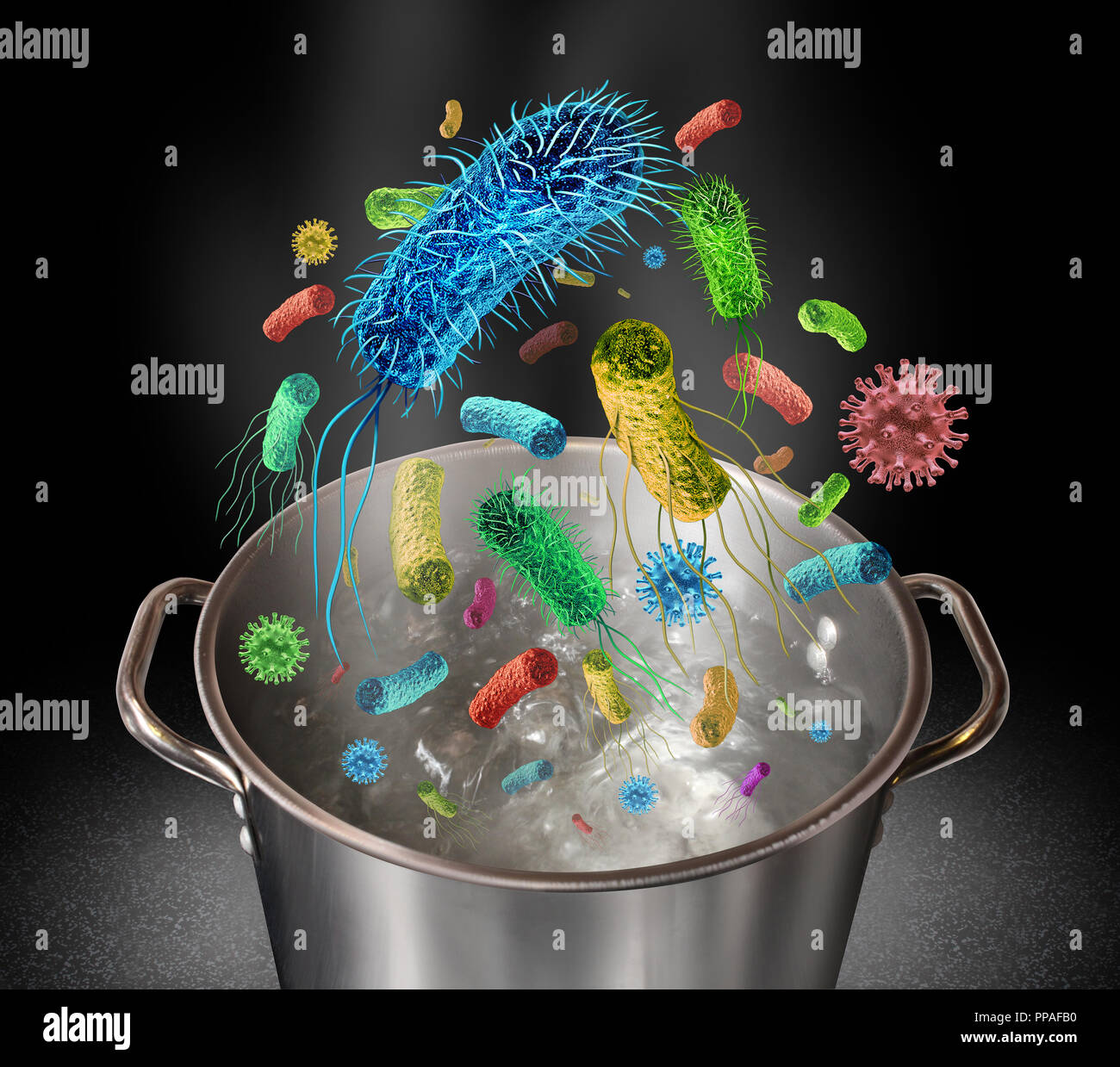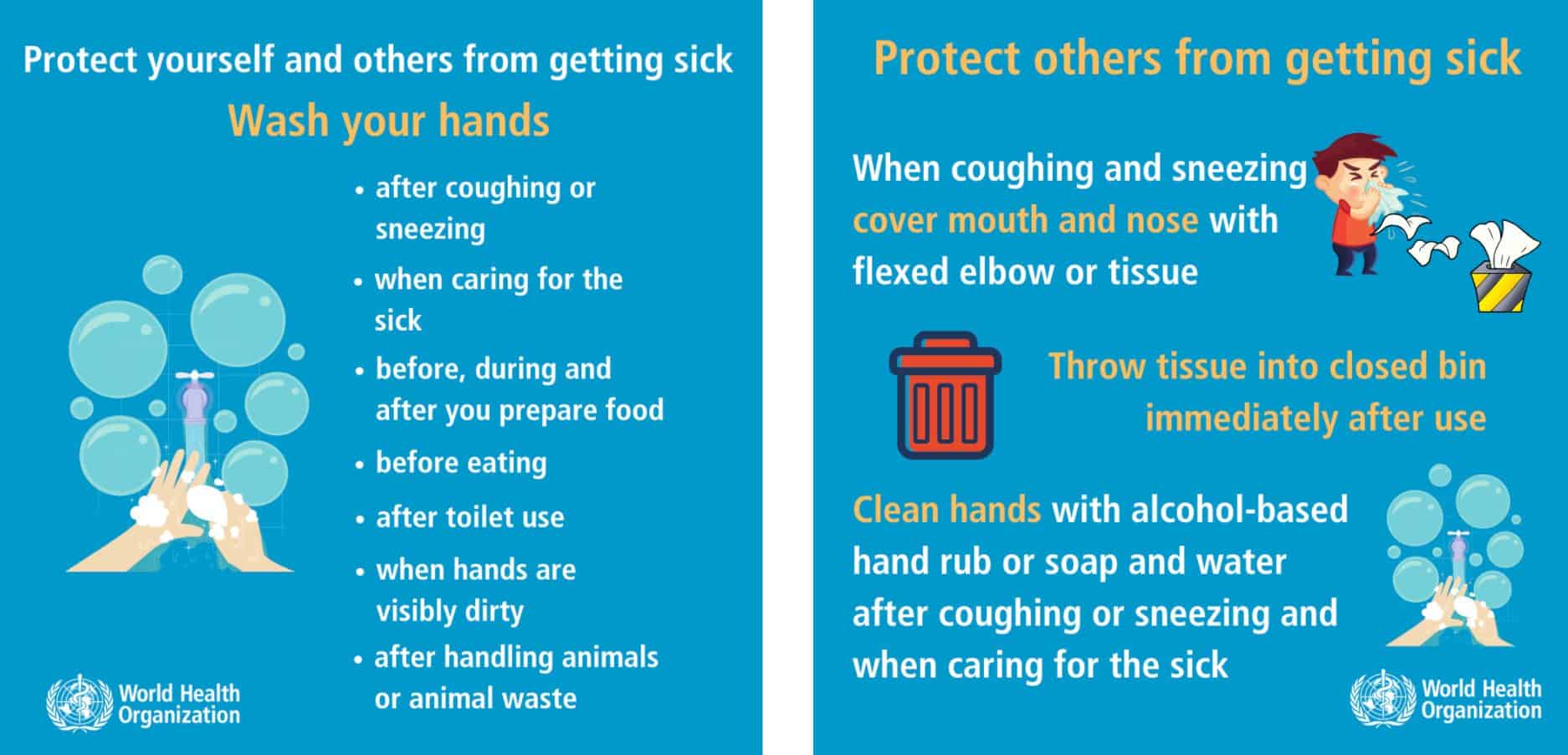Spectacular Tips About How To Prevent Microbes
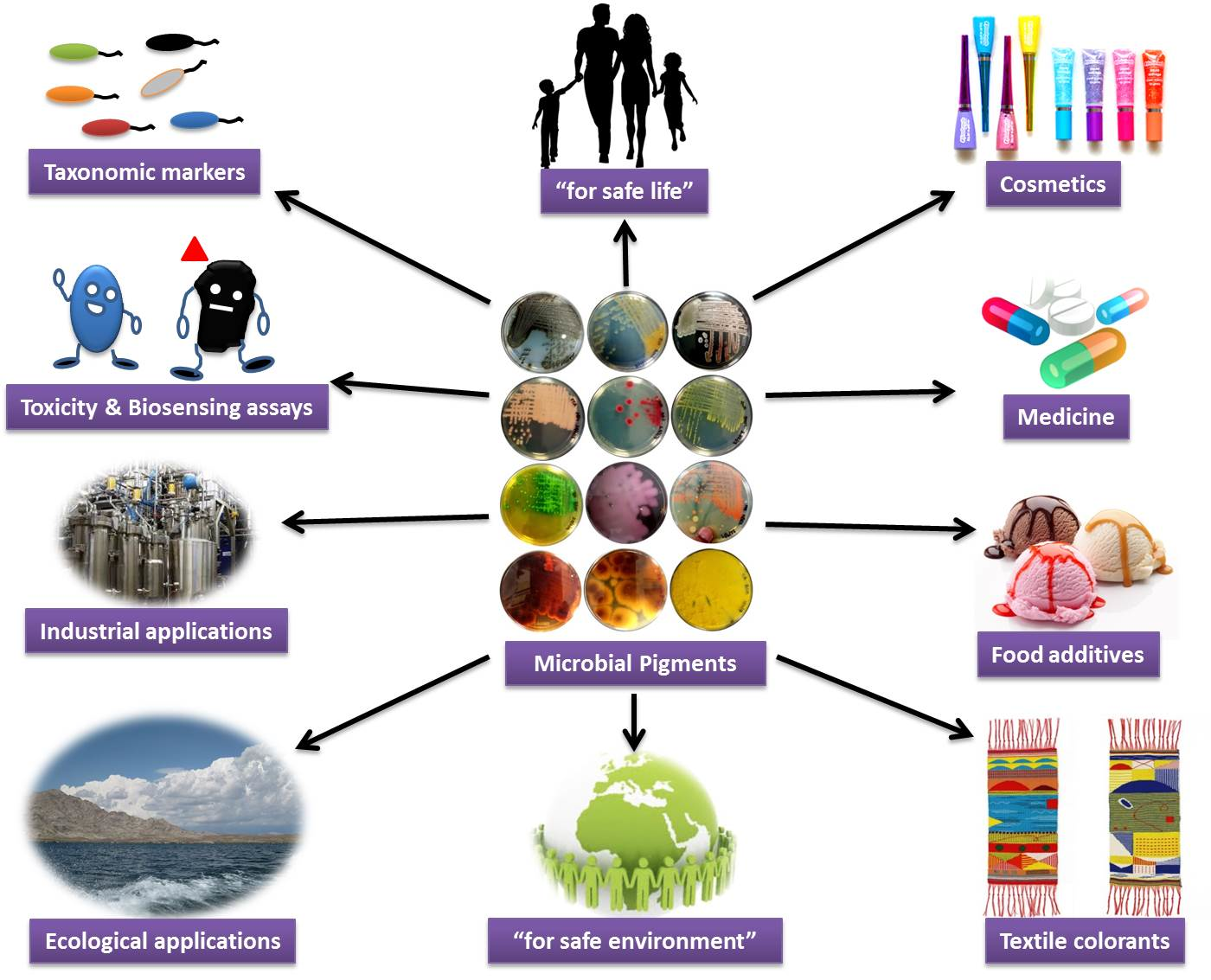
How to prevent microbes. This article provides information on germs, including bacteria, viruses, protozoans, helminths and fungi. How can i prevent the spread of germs? Analyse the number of pathogenic spores which are present in ingredients and finished product.
Washing with regular soap and rinsing with running water, followed by thorough drying, is considered the most important way to prevent disease transmission. Waterborne germs can grow in pipes. We know the world has to change for humanity to thrive.
Our bodies are filled with our own special blend of microorganisms including bacteria, viruses, fungi,. One approach to preventing biofilms is to use surfaces coated with certain metals or oxides that kill microbes, but this approach can fail when a layer of dead.
Preventing waterborne germs at home. Protect yourself at home. In this series:
Updated on march 02, 2022. The article also lists symptoms of an infection that require medical attention. There are many ways you can prevent the spread of germs.
This leaflet gives a brief overview of the different types of germs (microbes) that can cause infections. The following precautions will help kill microbes that. Here’s how to limit their dangers.
Eat plants — a variety of them. But what are the most promising solutions that could provide the kind of transformation we. Preservation usually involves preventing the growth of bacteria, fungi (such as yeasts), and other microorganisms, as well as retarding the oxidation of fats which.
Actions to fight antimicrobial resistance. Anne trafton | mit news office. More than 80,000 registered chemicals are used commercially in.
Antimicrobial resistance happens when germs like bacteria and fungi develop the ability to defeat the. 10 simple tips everyone should practice. Mit researchers engineered a strain of bacteria, noted as l.
How to reduce your risk of infectious diseases. Control of microorganisms is essential in order to prevent the transmission of diseases and infection, stop decomposition and spoilage, and prevent unwanted. But new research suggests that a simple solution could reduce microplastics in drinking water:


